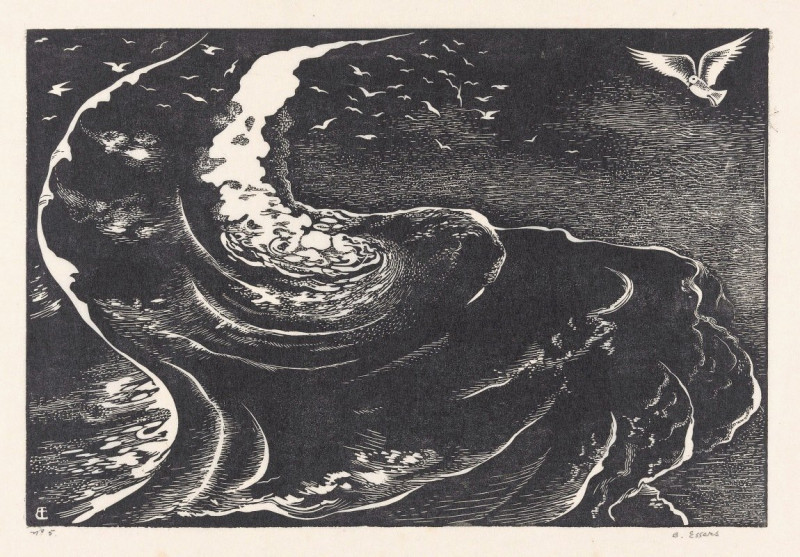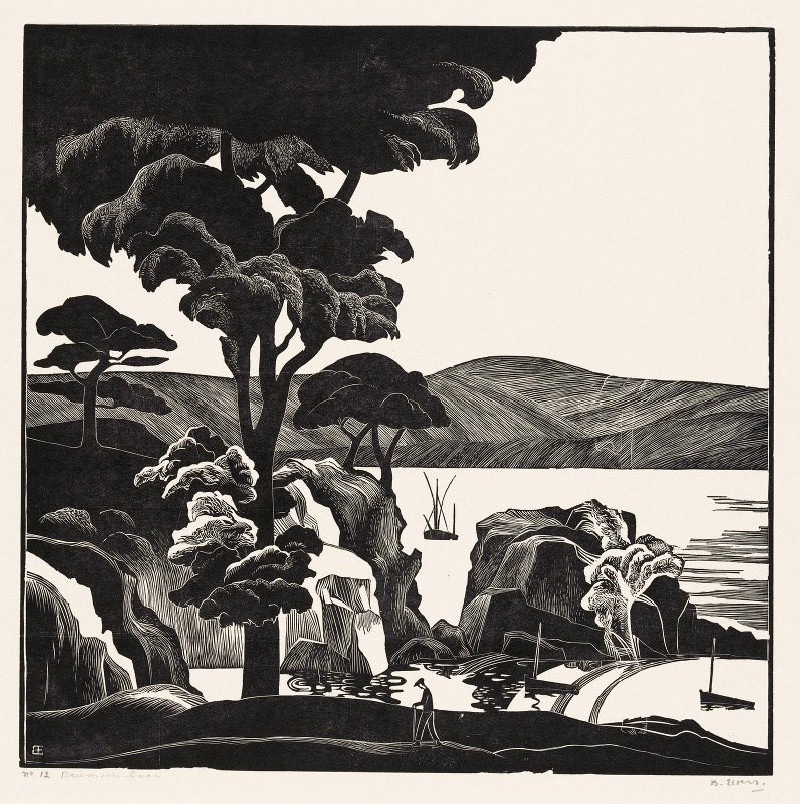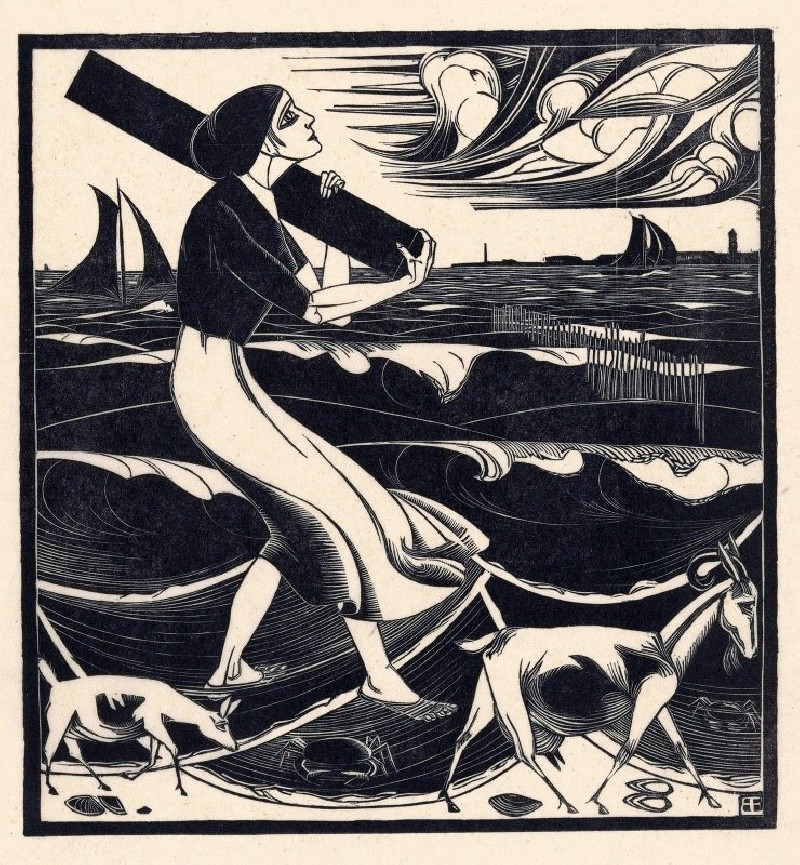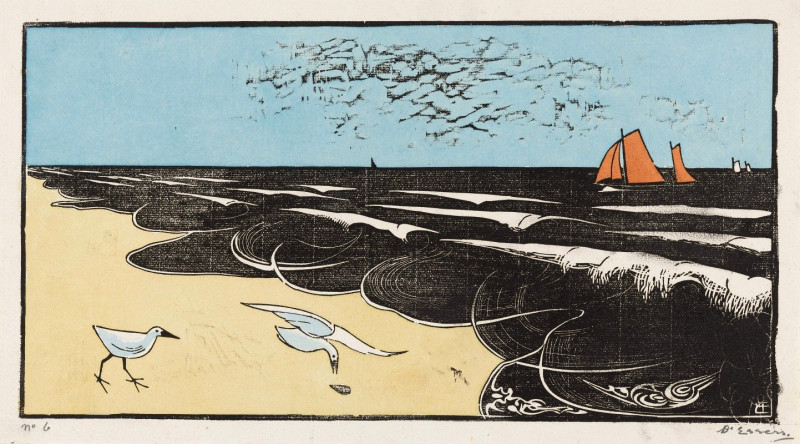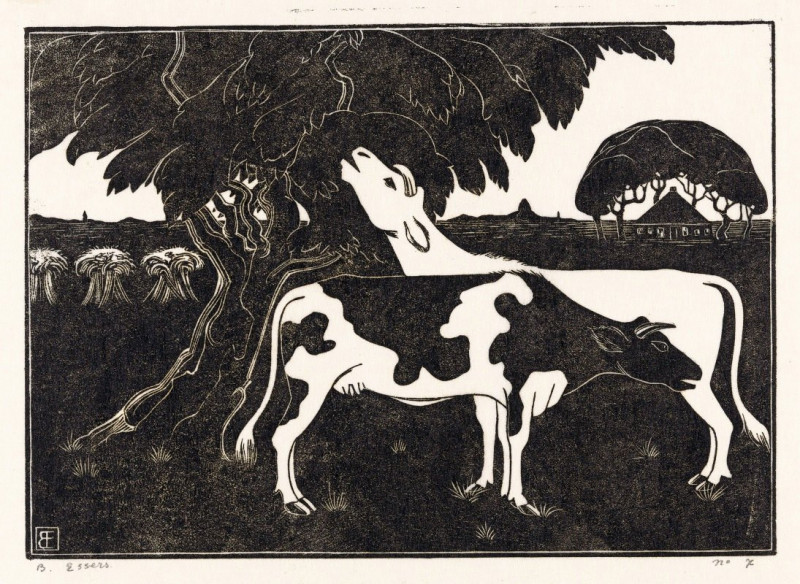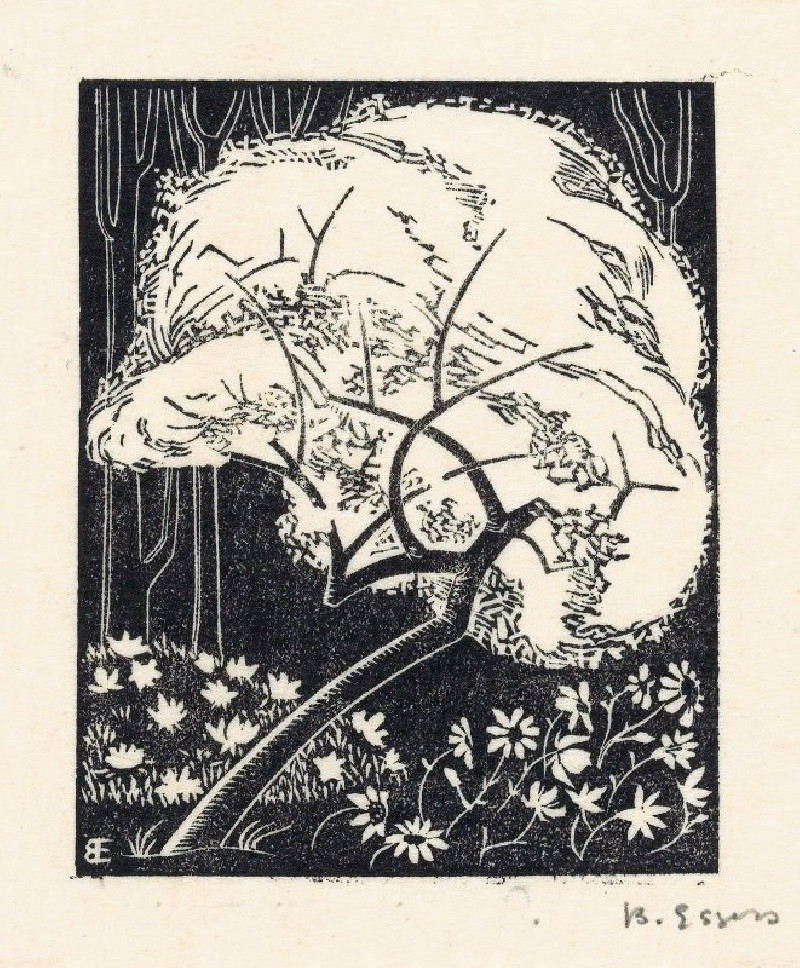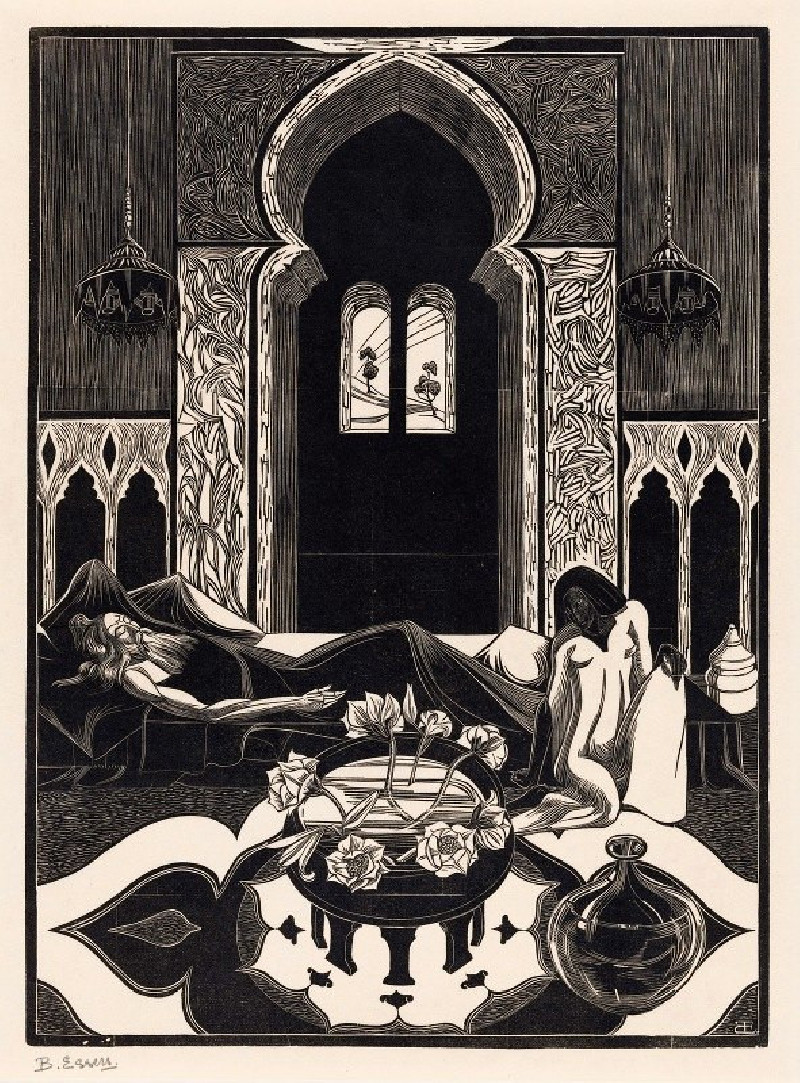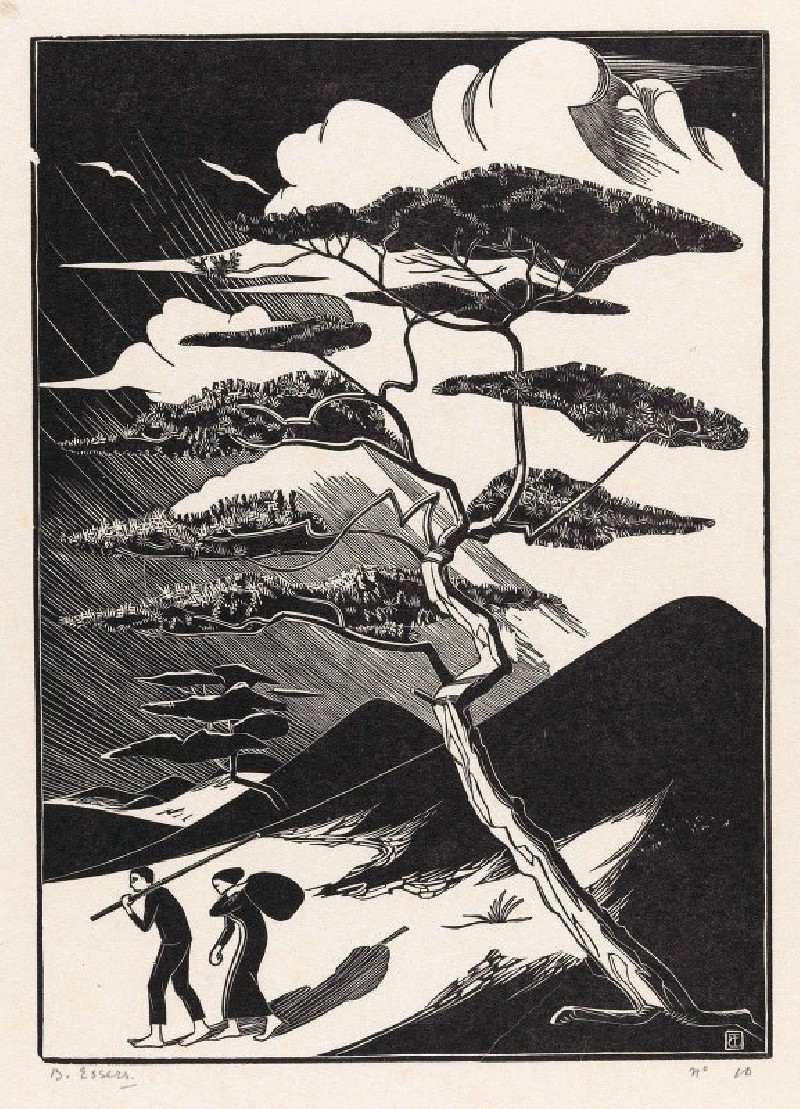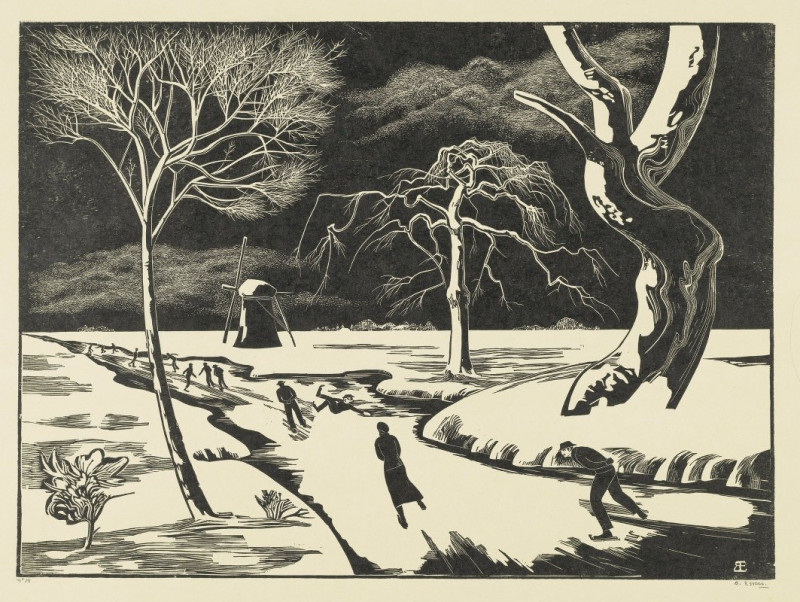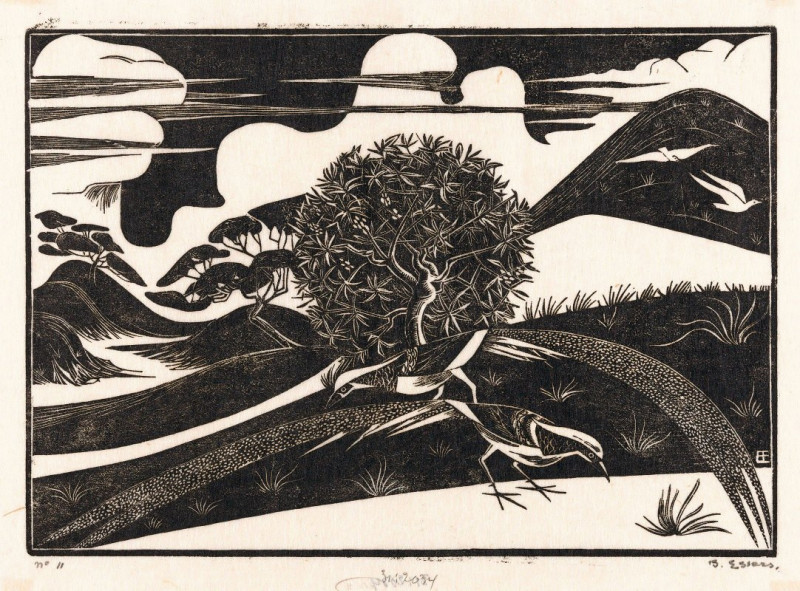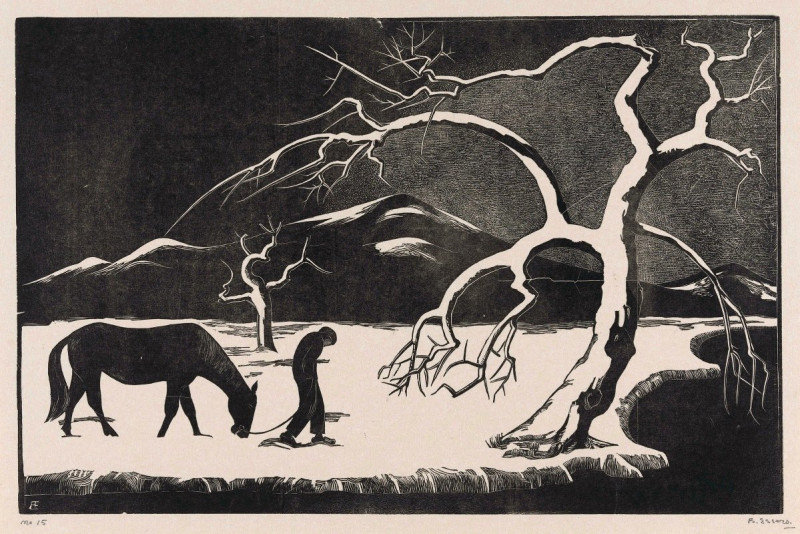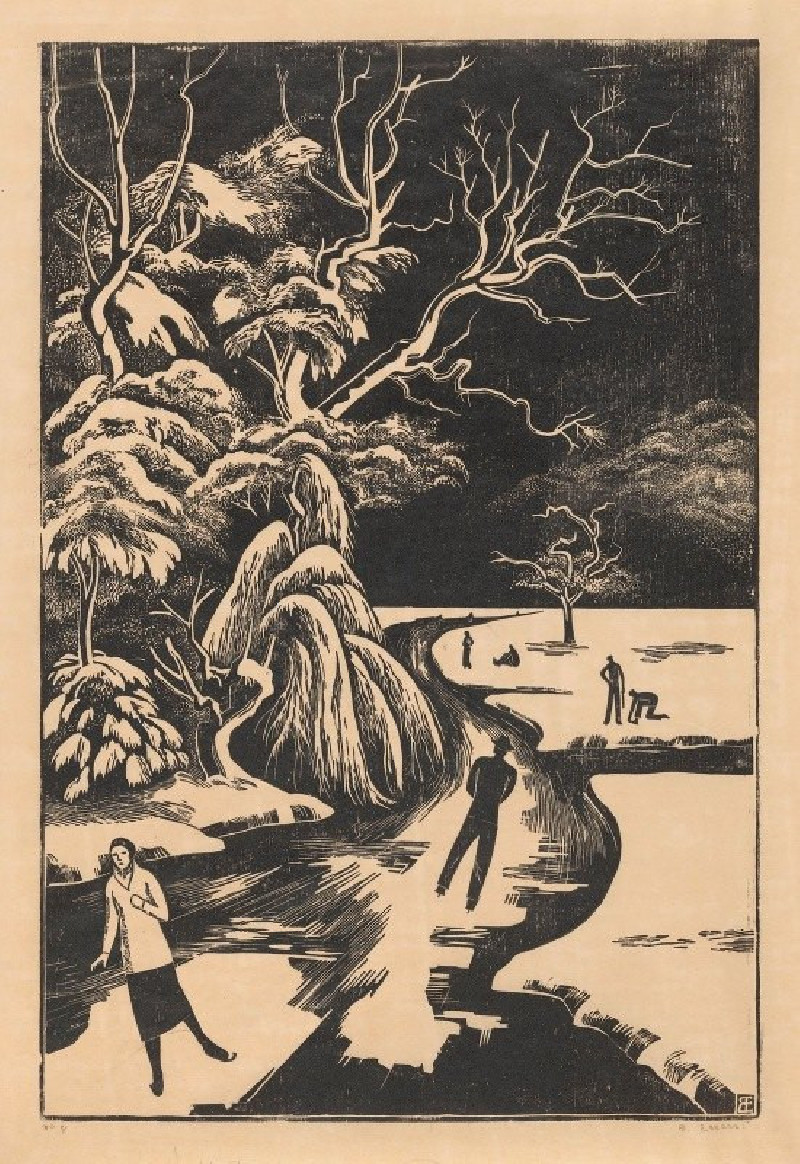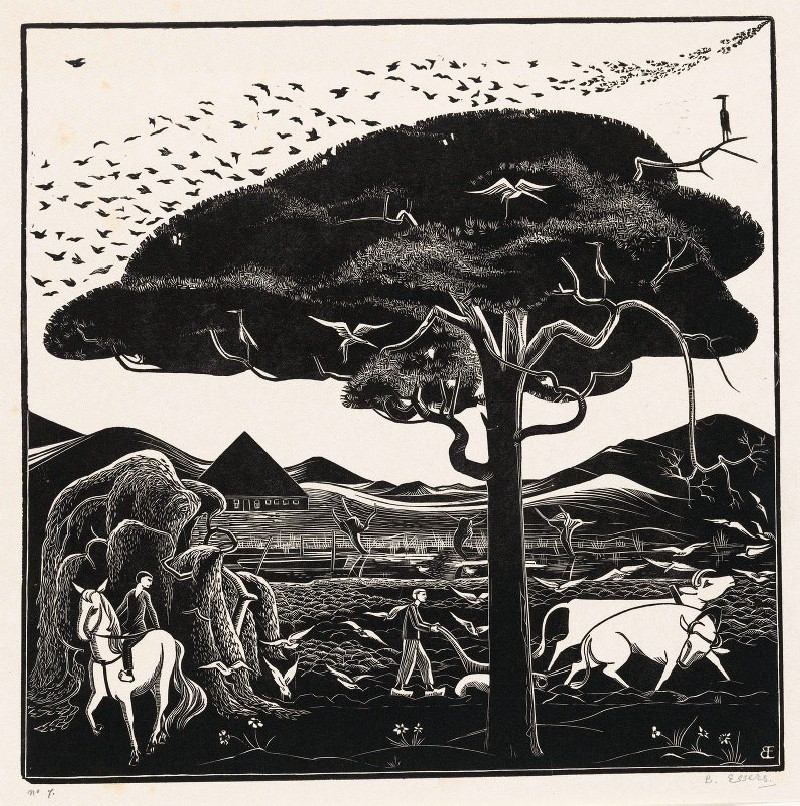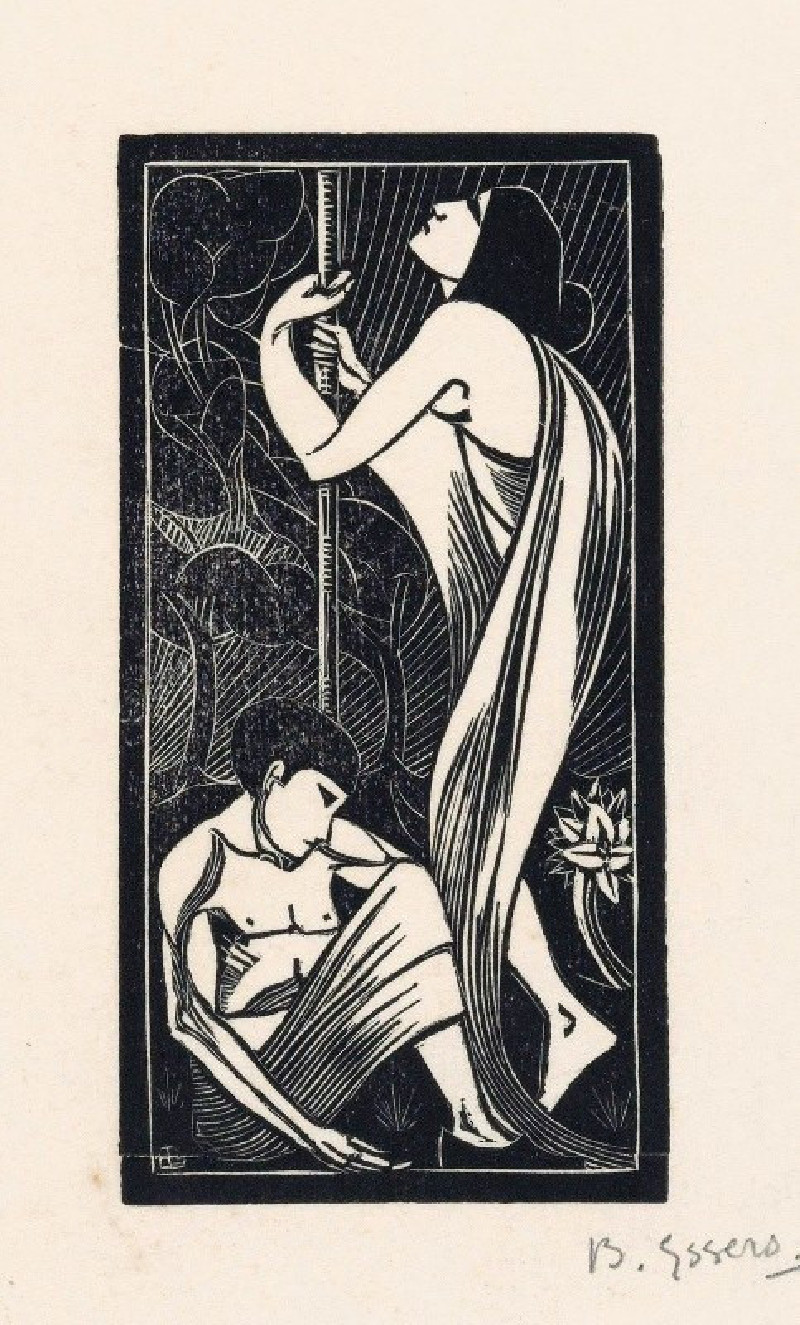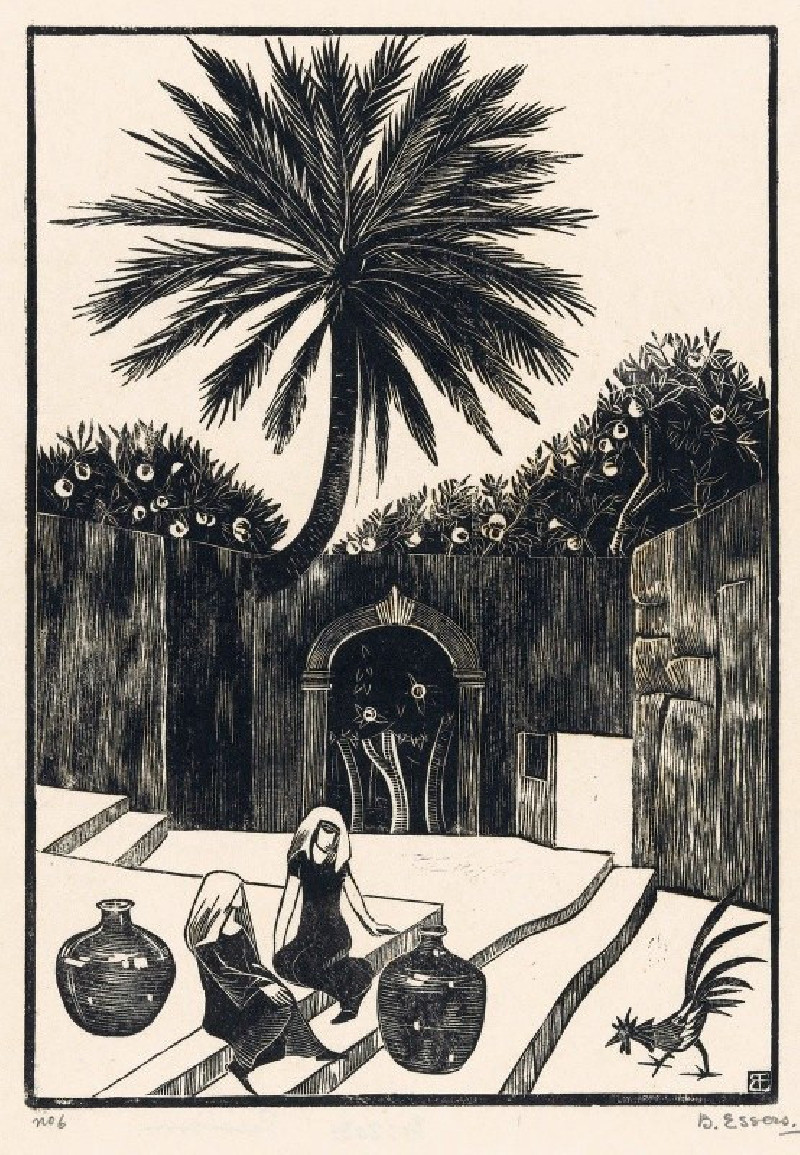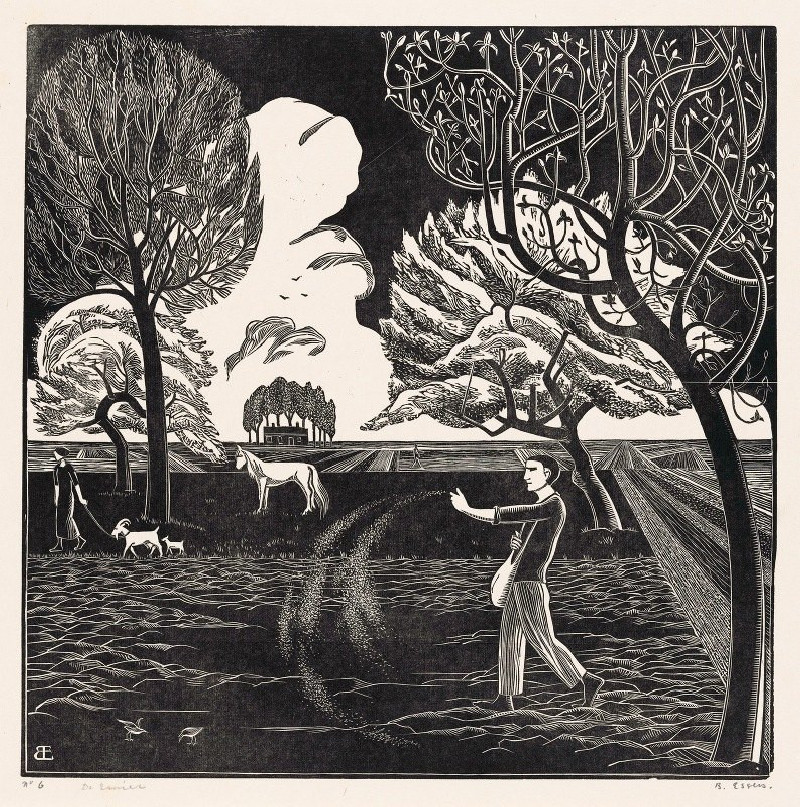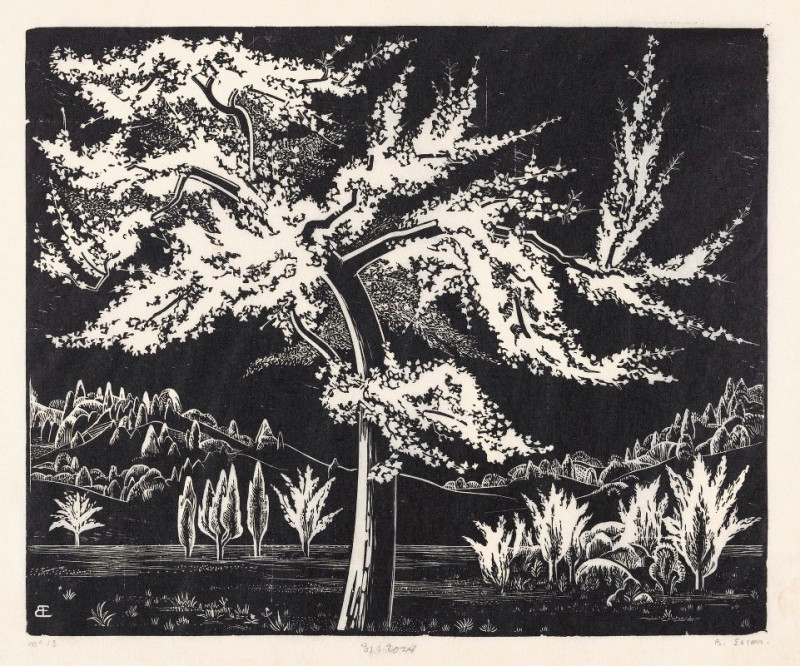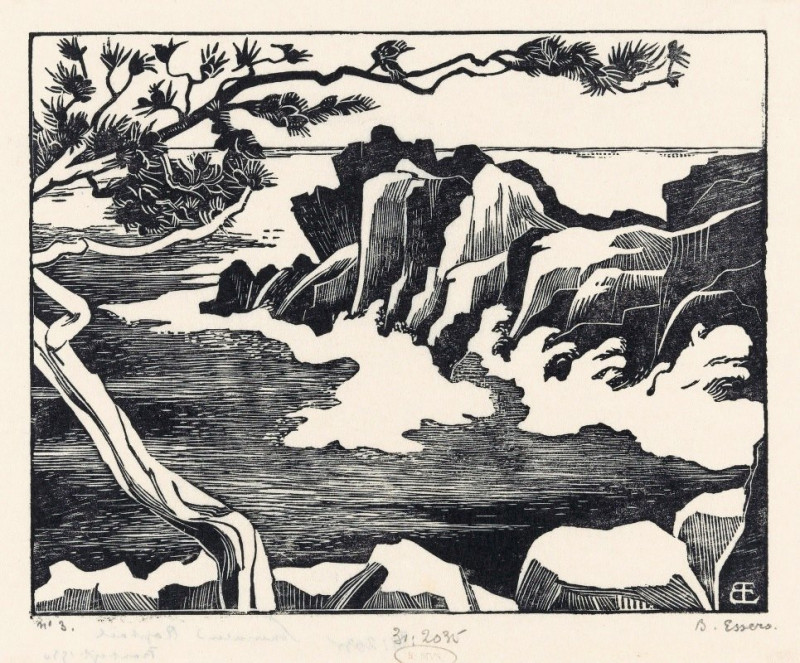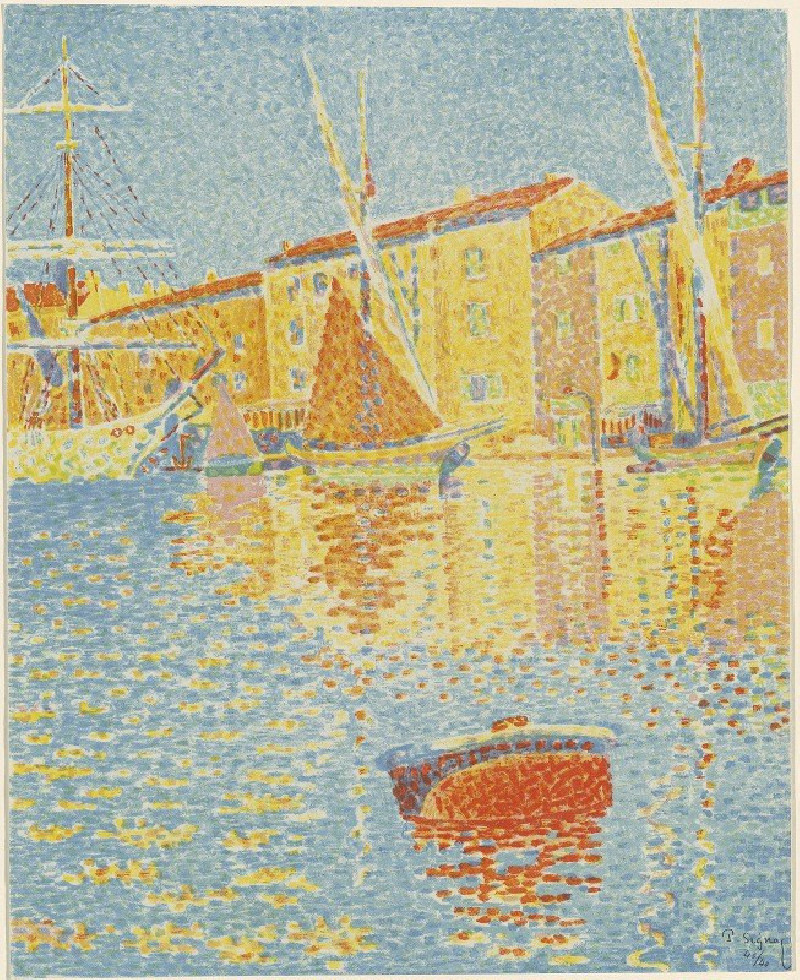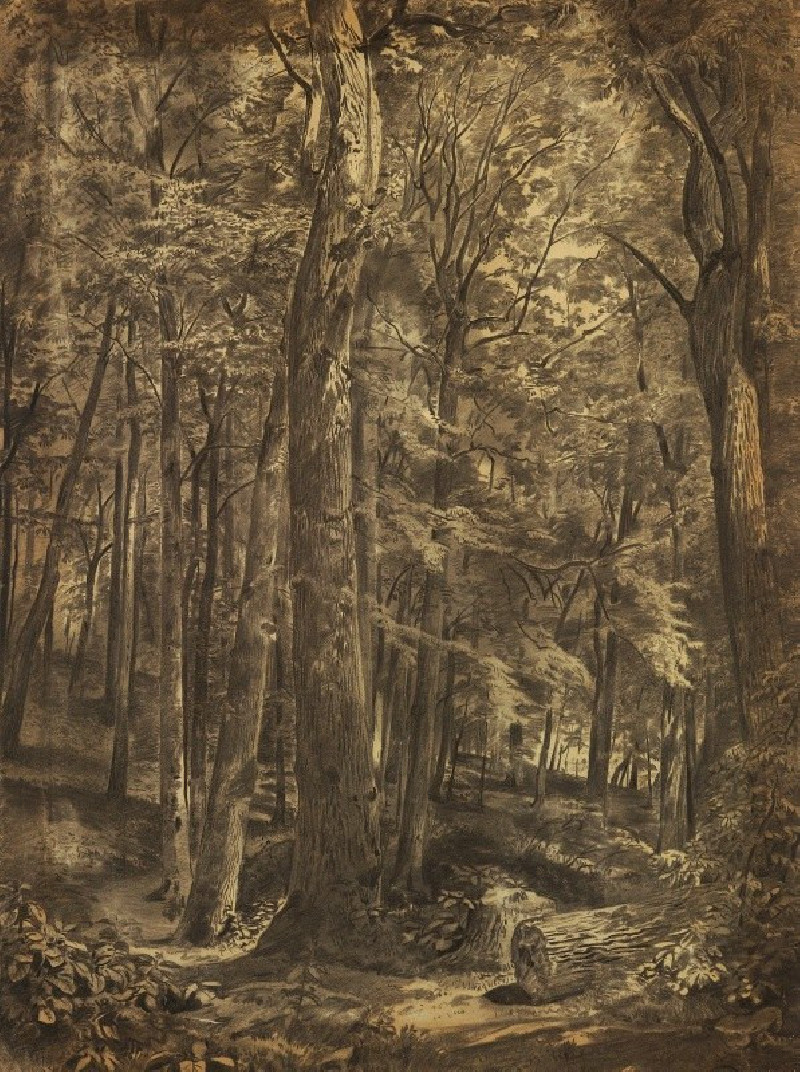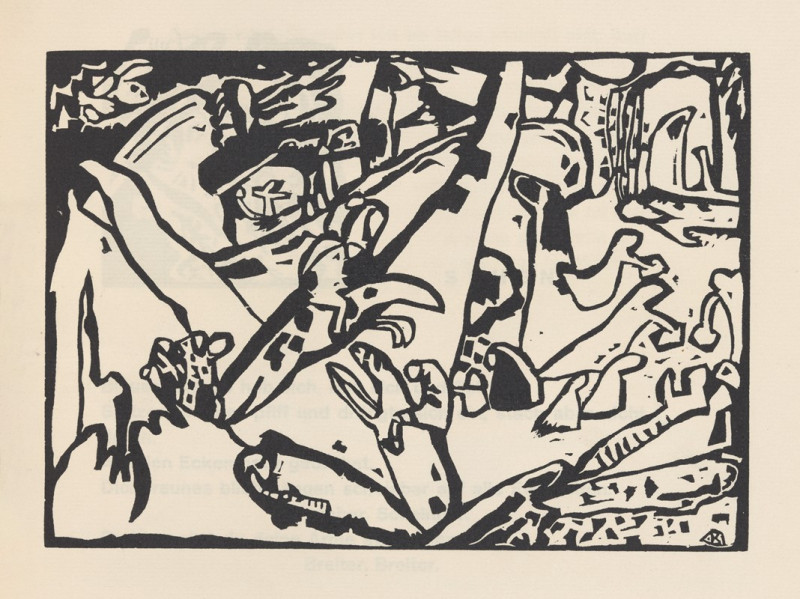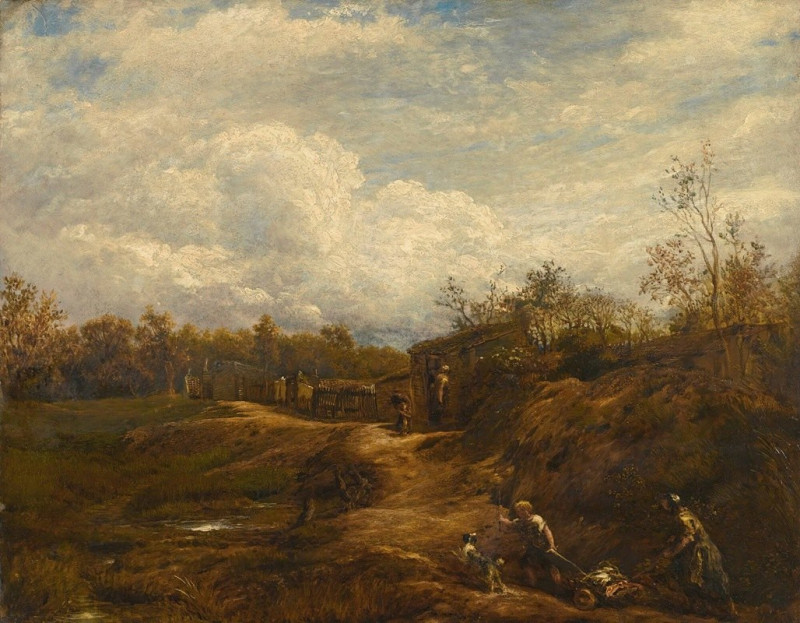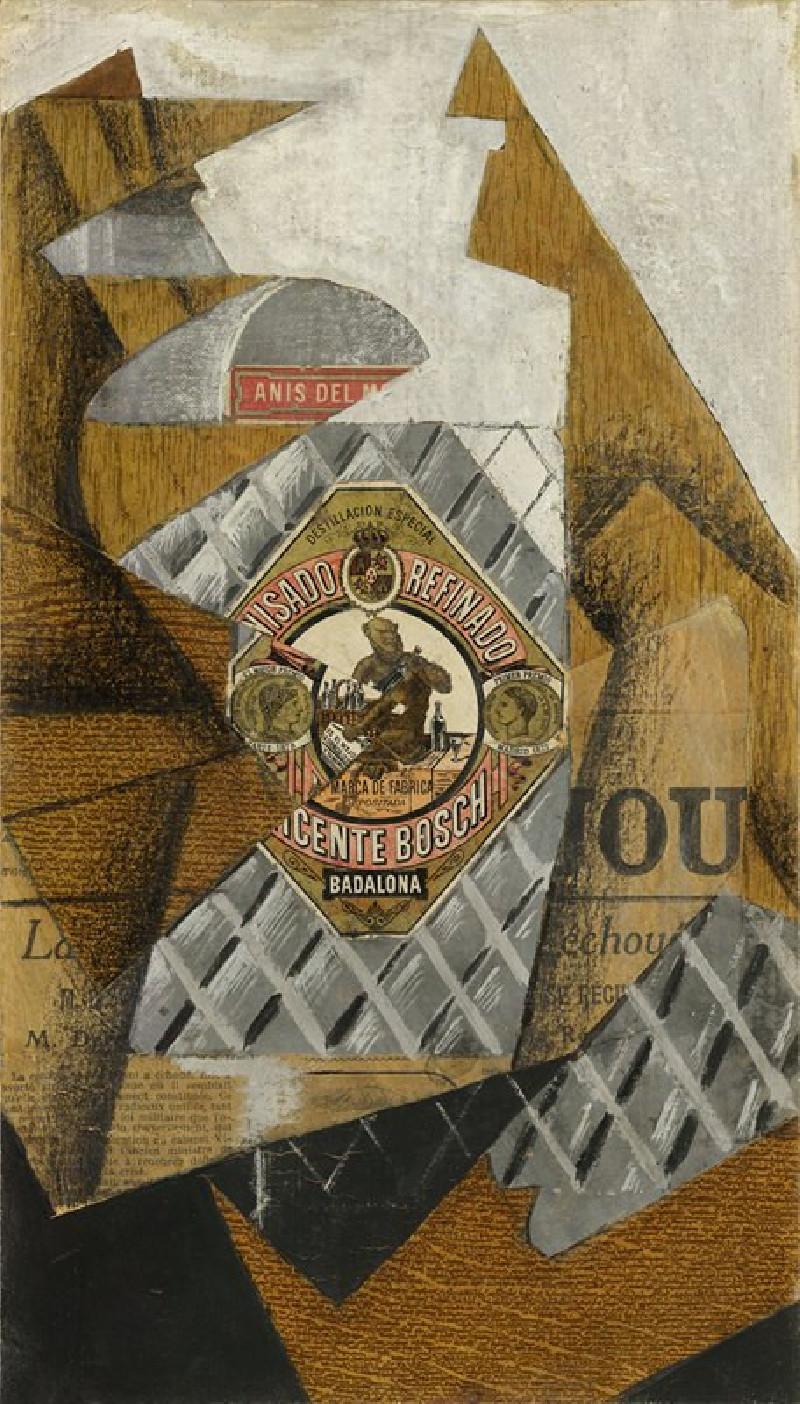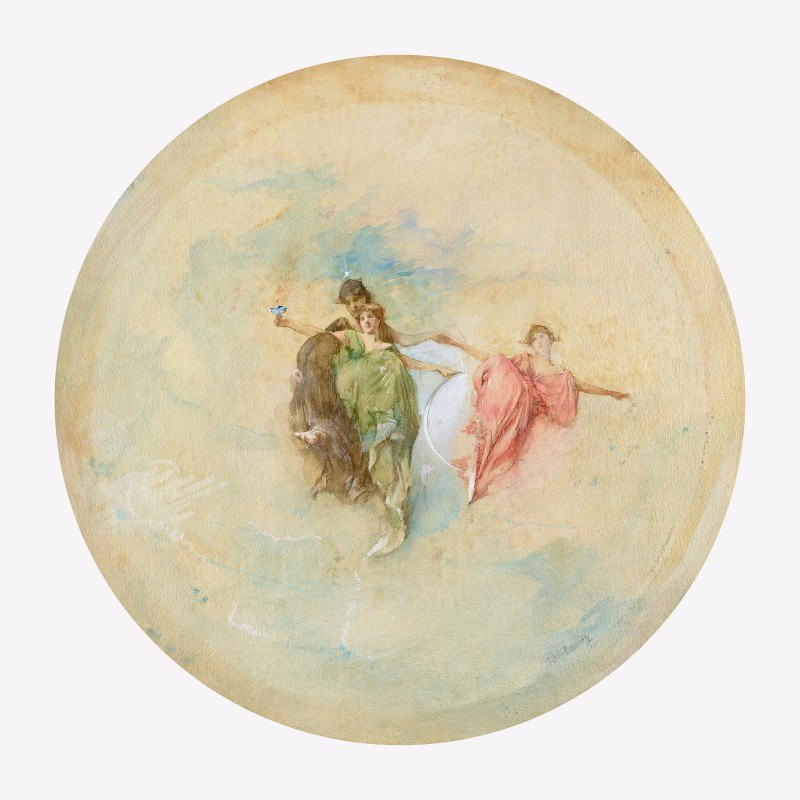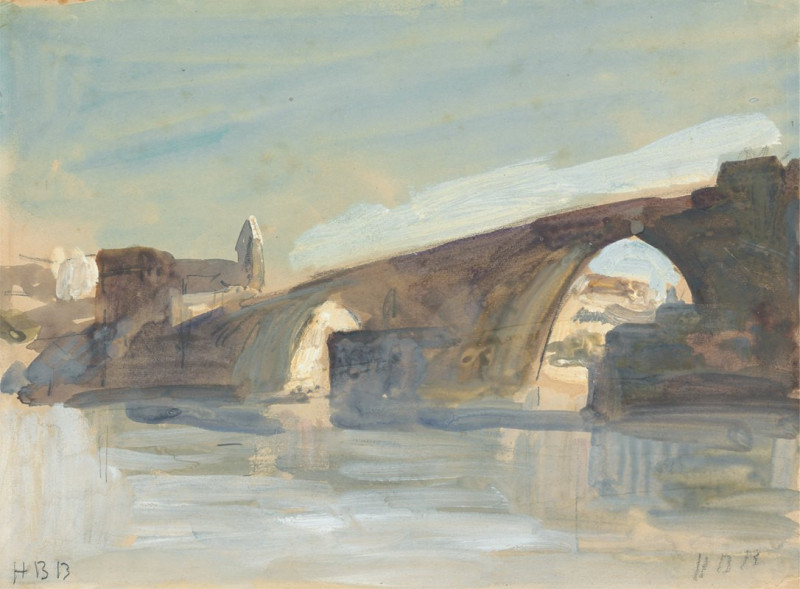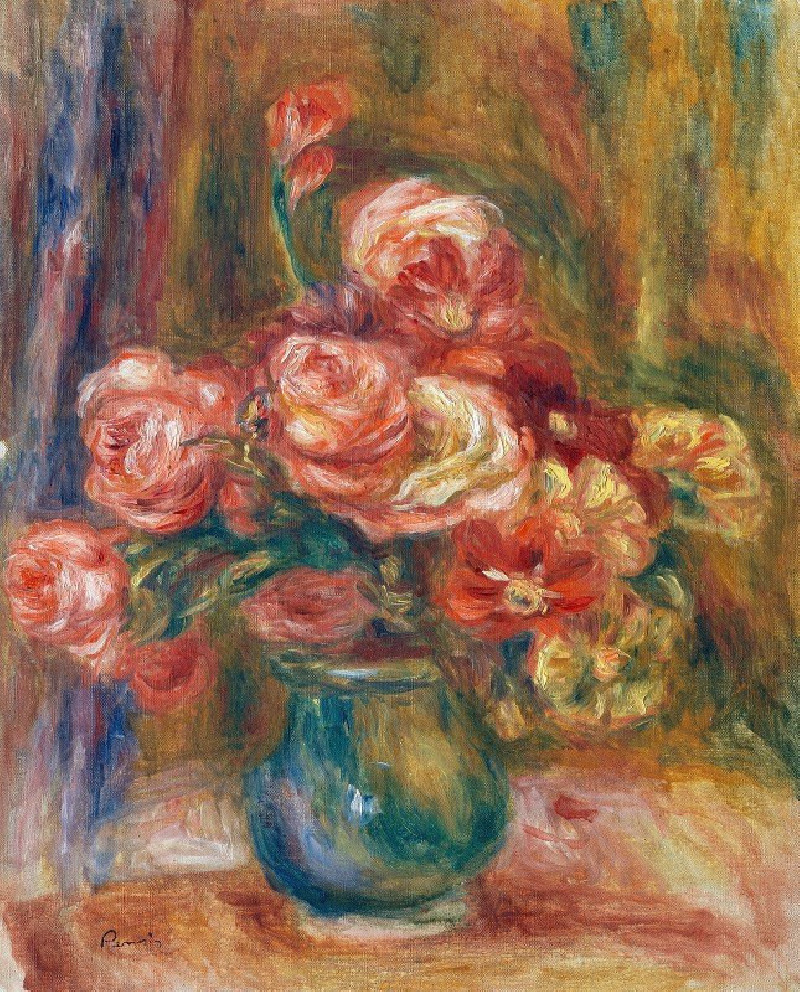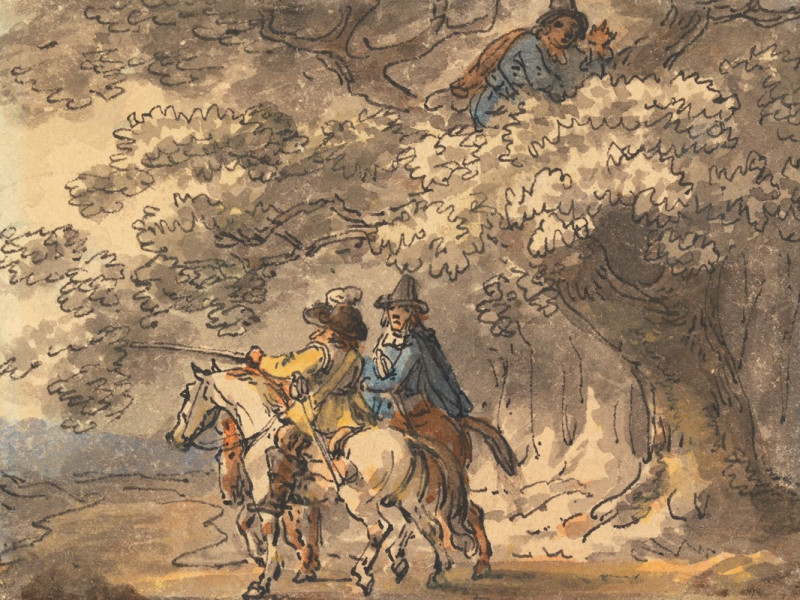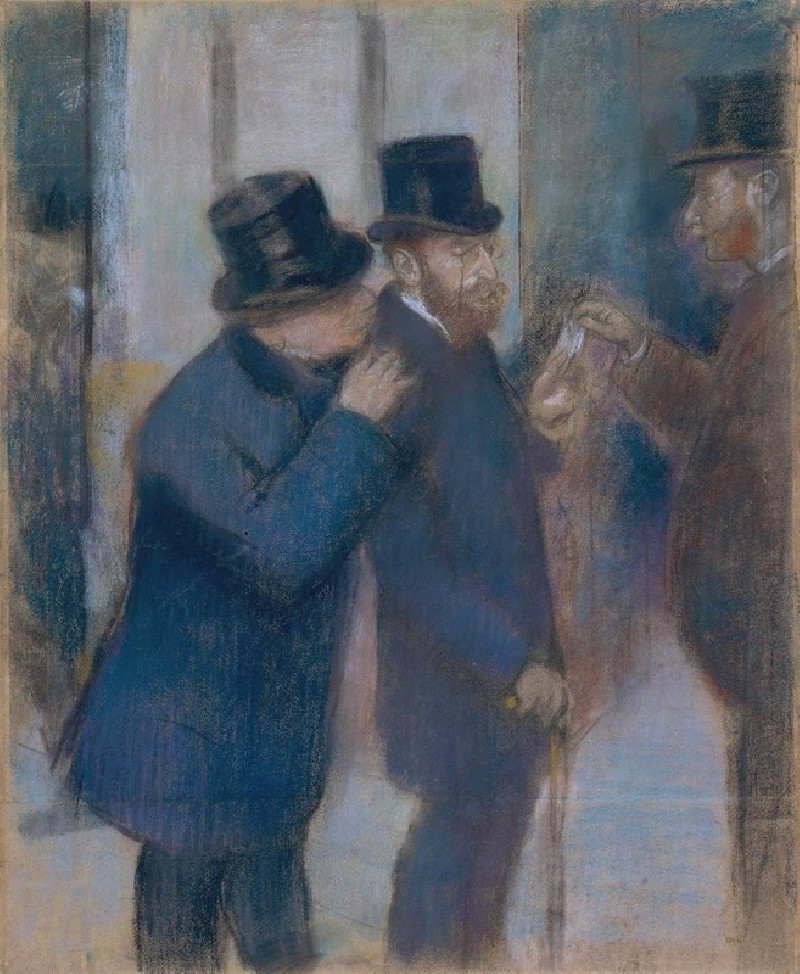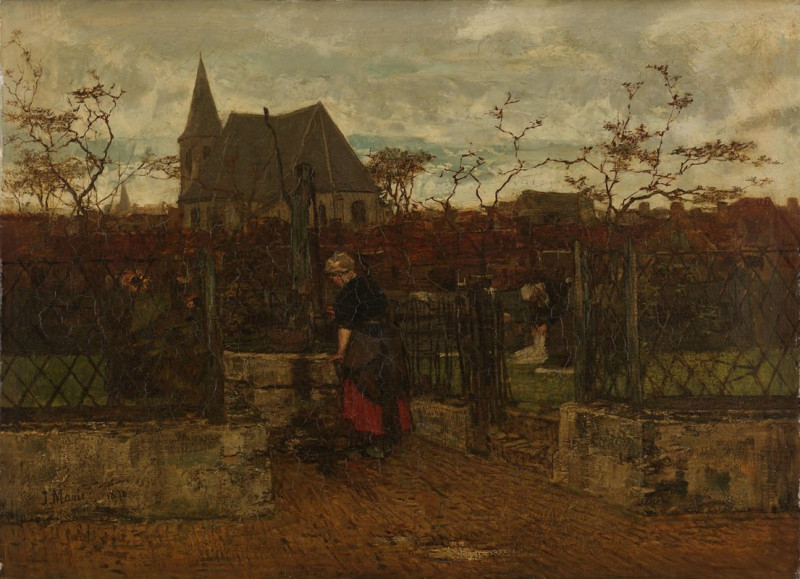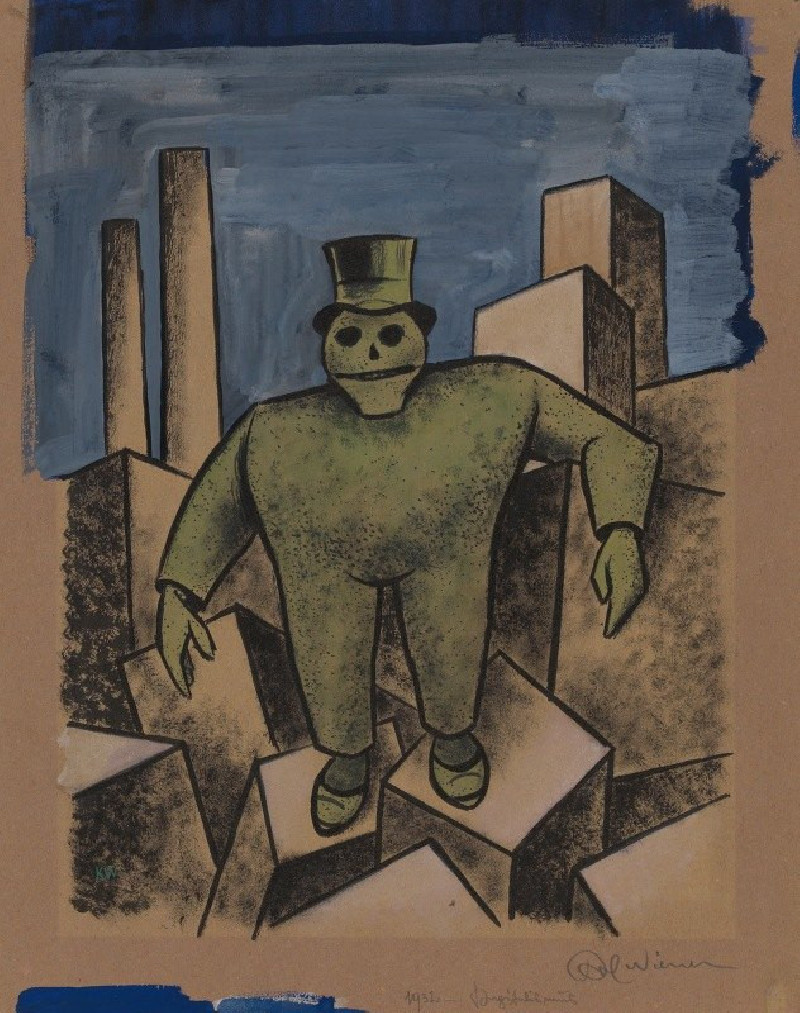Oogstende man en vrouw (1903)
Technique: Giclée quality print
Recommended by our customers
More about this artwork
This striking black and white woodcut, entitled "Oogstende man en vrouw" (Harvesting Man and Woman), by Bernard Essers offers a picturesque glimpse into rural life at the turn of the 20th century. Created in 1903, the composition masterfully captures both the harmony and the labor intrinsic to the rural lifestyle.In this evocative scene, a man and a woman are depicted amid their harvest. The man, dressed in simple work clothes, is seen cutting wheat in the fields with a sickle. On the other side, a woman, posed in a flowing dress, diligently gathers ripe fruit from a heavily laden tree, her basket already brimming with the harvest.The landscape around them is meticulously detailed, showcasing Essers’ remarkable skill in woodcut art. Dominated by a grand, twisting tree in the foreground, the scene extends into a backdrop lined with tall, slender trees, perhaps cypresses, leading the eye towards a distant horizon under a vast sky. This not only emphasizes the vastness of the fields but also reflects the enduring relationship between humans and nature.A poignant element is the lone bird in flight, symbolizing freedom and the connection of the scene to the broader natural world. The contrasting elements of light and shadow in the woodcut enhance the textures of the tree bark, the wheat, and the foliage, adding depth and drama to the scene."Oogstende man en vrouw" is not merely a visual artwork; it is a narrative piece that transports viewers back to a time when the rhythm of life was dictated by the seasons and the yield of the land.
Delivery
Returns
Bernard Essers (11 March 1893 – 13 May 1945) was a Dutch painter. His artistic contributions were showcased in the painting event of the art competition during the 1936 Summer Olympics. Furthermore, Essers' work was featured in the exhibition and sale titled Onze Kunst van Heden (Our Art of Today) held at the Rijksmuseum in Amsterdam in 1939.




